How To Find Brand Ambassadors For Your Niche
After bouncing around tech start-ups and university literature programs, Joe has finally settled down as Billo’s Head of Content. Joe now spends his days writing ads about ads, teaching clients how to craft killer content, and combing through our web copy with a bold red Sharpie.
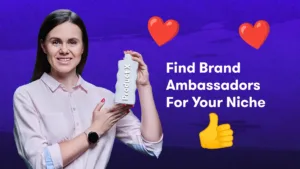
Answering the question on how to find brand ambassadors isn’t as simple as spotting a few positive comments on social media. Most brands struggle to identify people who genuinely influence their audience, share their values, and can reliably create content that moves the needle.
The good news: your best ambassadors are already closer than you think. This guide breaks down where to find them, how to evaluate fit, and what steps to take to build a program that drives measurable results.
TL;DR
- Brand ambassadors help extend your reach through trusted voices.
- Your best candidates come from customers, superfans, employees, and active followers.
- Creator platforms like Billo make finding vetted ambassadors fast.
- Strong programs rely on clear expectations, selective onboarding, and ongoing support.
- Track sales, CTR, and engagement to measure program performance.

The Benefits Of A Robust Ambassador Program
But before we get started, it’s worth exploring why you might want to initiate a brand ambassador program. What’s in it for you?
The primary benefit of brand ambassador program for young companies and startups is the amplification of your voice. Leveraging brand ambassadors gets your message in front of more people.
Brand ambassadors help you:
- Expand your reach with credibility Ambassadors speak to audiences who already trust them, which makes their recommendations more persuasive than polished brand ads.
- Strengthen customer relationships When familiar faces advocate for your product, it builds emotional connection and reinforces why your brand matters.
- Create real conversations and insights Ambassadors often receive direct feedback from their followers. This gives you a clearer view of what resonates, what doesn’t, and what customers want more of.
- Reduce content production pressure Consistent ambassador activity helps fill your pipeline with authentic UGC, which supports both organic social and paid channels.
Where to Look for Brand Ambassadors?
Before you start outreach, you need a clear picture of where high‑fit ambassadors naturally emerge. Most brands overlook their strongest pools and over-index on large influencers who aren’t always the best match.
Here are the highest-yield places to look:
1. Tap Into Your Existing Customers
Your happiest customers already trust your product, making them ideal early ambassadors. Look for repeat buyers, active reviewers, and people who share organic content without being asked.
2. Activate Your Superfans and Social Followers
Your engaged followers have already signaled interest. Check comments, saves, shares, and DMs to identify supporters who show genuine enthusiasm.
3. Use Creator and Influencer Platforms
Platforms like Billo help you find vetted creators who match your brand’s niche and produce content consistently. This is one of the fastest ways to source ambassadors when you need volume or specific content styles.
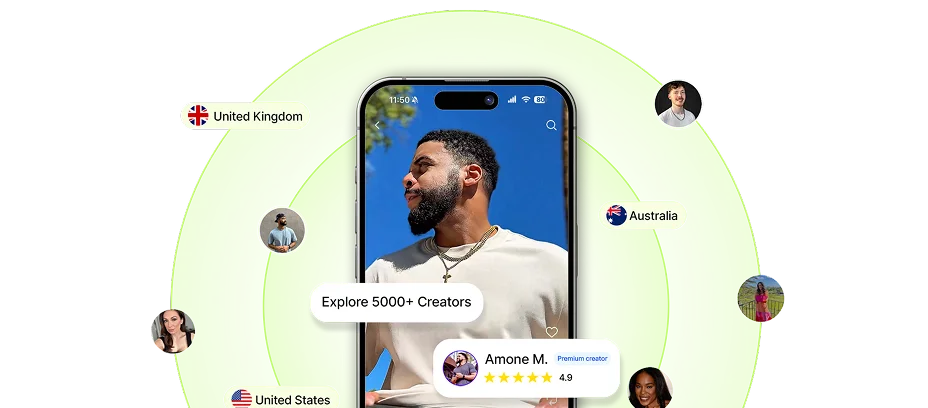
4. Monitor Social Mentions and Brand Tags
Track posts, tags, and mentions across social channels to find people already talking about your products. These creators often convert into ambassadors quickly because they’re already invested.
5. Reach Out to Niche Influencers and Bloggers
Identify creators whose content aligns closely with your audience. Prioritize micro-influencers—they’re often more cost-effective, more responsive, and more aligned with niche audiences.
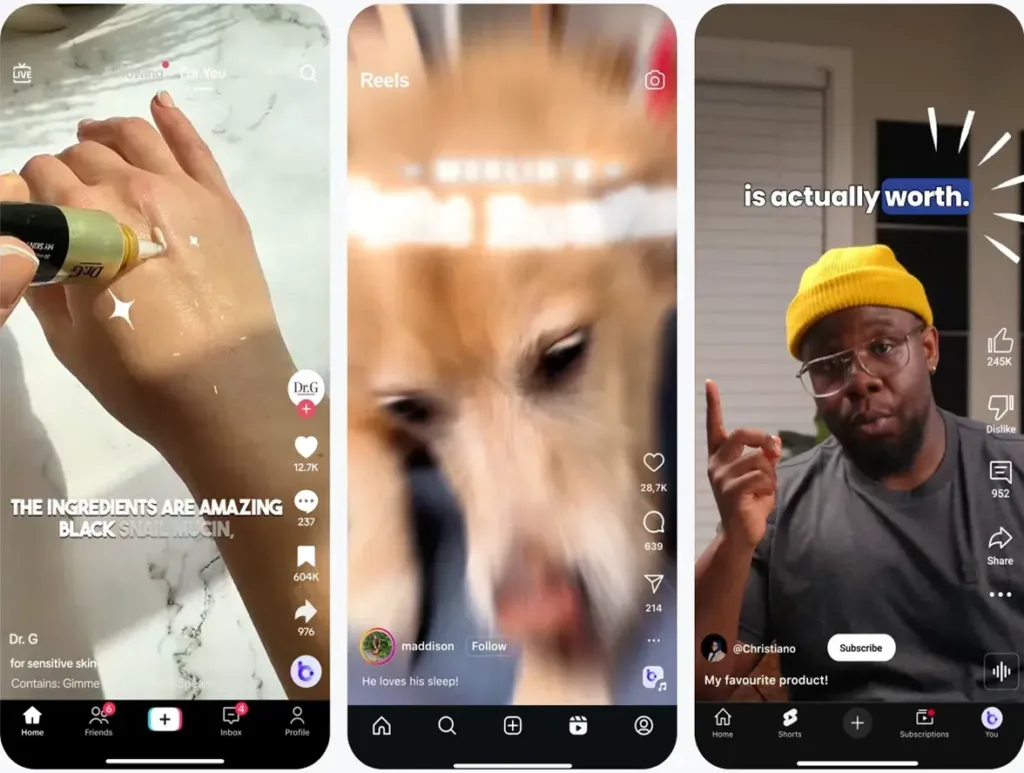
6. Look Inside Your Team
Employees understand your brand deeply and can be powerful advocates. This works especially well for product-focused companies with passionate internal teams.
7. Leverage Your Email List
Your email subscribers include customers, partners, and warm community members. Sending an invitation or application link can quickly uncover motivated ambassadors.
8. Add an Ambassador Application to Your Website
A simple always-on application form captures interest from people who already align with your brand. Over time, this becomes a steady passive source of new advocates.
How to Find Brand Ambassadors For Your Niche: The Full Process

Now that we covered where you can look for brand ambassadors, what does the process actually look like.
The answer to how to find brand ambassadors is actually comprised out of several steps:
1. Write Down Your Ideal Brand Advocate
Before you begin outreach, you need clarity on who you want representing your brand. A clear advocate profile helps you stay focused on candidates who share your audience, values, and communication style.
Start by mapping the traits that matter most, such as:
- People who genuinely use and love your product.
- Creators who share similar audiences and content niches.
- Ambassadors who communicate in a tone that fits your brand.
- Individuals who understand your category and can speak about it confidently.
You don’t need a perfect match, just a clear sense of who will attract the right audience. This filters out candidates who may have reach but lack alignment.
Usually, finding ambassadors with similar audiences is fairly straightforward – just search for those posting in your niche. However, it’s harder if your products or services don’t fit well into established categories.
Defining your ideal advocate sharpens your search and ensures every outreach effort goes to people who can authentically move your message forward.
2. Choose Outreach Strategies To Find Brand Champions
Once you know who you’re trying to attract, the next step is crafting outreach that feels personal, relevant, and worth responding to. Different ambassador segments respond to different messages, so tailor your approach based on where you found them.
Here are effective outreach methods:
- Customers and superfans: Keep it simple. Thank them for their support and invite them to join a program built for your most engaged users.
- Creators on platforms like Billo: Reference their past content and share why their style fits your brand.
- Followers and social fans: Point to their engagement or past posts and show appreciation for their involvement.
- Niche influencers, bloggers, or YouTubers: Personalize your message with specifics about their audience, tone, or content themes.
In every outreach message, include a clear call to action such as applying through a short form, joining a waitlist, or hopping into a quick intro call.
3. Design Your Application Process
A clear application process helps you filter for people who are genuinely interested and aligned with your brand. A simple form is often the most efficient way to collect consistent information and evaluate candidates fairly.
Your application can include:
- Basic details such as name, location, and social handles.
- Why they love your product and what motivates them to represent your brand.
- Links to past content that show their style, tone, and communication skills.
- Details about their audience, including niche, interests, or typical engagement.
- Availability and commitment so you understand their capacity.
Follow up with a confirmation email that outlines next steps and when they can expect to hear from you.
4. Onboard And Equip Your Brand Ambassadors
Once you’ve selected your ambassadors, onboarding sets the foundation for how they’ll represent your brand. A clear, welcoming introduction helps them understand expectations and feel confident about sharing your products.
Start by giving them:
- A warm welcome message that highlights the perks of joining your program.
- Program guidelines explaining your brand voice, dos and don’ts, and how to talk about your products.
- Product education so they understand features, benefits, and common customer questions.
- Content expectations including themes, posting cadence, or preferred formats.
- Access to brand assets such as logos, templates, or key messaging.
Issuing a list of instructions reduces the risk of brand damage and lets ambassadors know how they should represent you. Remember, many of them won’t have done any marketing or social media outreach before and will need clear guidelines on how to proceed.
5. Provide guidance
Finally, always provide ambassadors with plenty of resources and support on how to be a brand ambassador. Giving them the tools they require to succeed helps them promote you online, increasing your return on investment.
The tools you provide depend on your niche and could include:
- Product demo videos showing ambassadors and micro-influencers the proper way for customers to use what you sell
- Information regarding your brand story and mission so influencers can relay these data to their audiences
- Frequently asked questions running through the most common queries (so ambassadors don’t take up your team’s time)
- Brand assets like digital files containing your logos and templates
- Ambassador discount coupons or codes for extra money off products online
- Brand portals where ambassadors can access the materials they require from a single location
- Mentorship program to help brand ambassadors work more effectively on behalf of your organization
- Check-ins and meet-ups to help them feel like part of the community
- Webinars to speak to executives and other brand leaders about strategy and direction
- Performance-related tools to see commission and bonuses earned over time
- Templates for blogs, social media posts, and web pages to improve brand recognition
Don’t feel restricted to this list, though. If you can think of another way to support your brand ambassadors cost-effectively then do.
6. Build Loyalty And Engagement
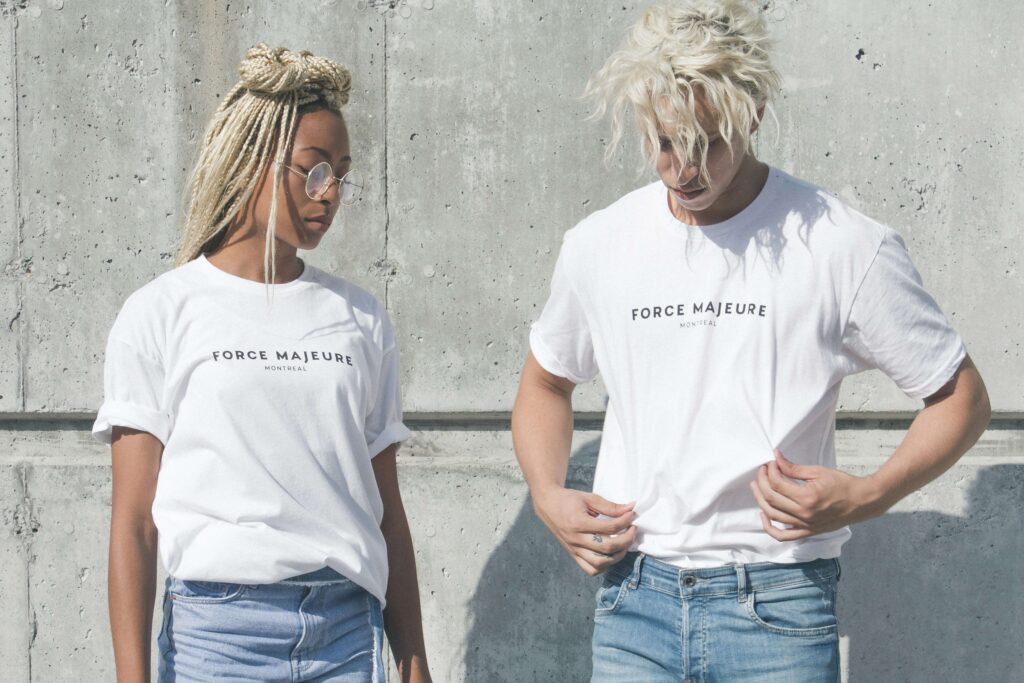
Once ambassadors are working for you, sales should transform from a trickle to a torrent. However, proceeding cautiously is still essential: your highest-performing ambassadors could leave at any time.
The simplest (and cheapest) way to retain people is to maintain communication with them. Setting up a weekly email schedule or call-in keeps them up-to-date and makes them feel involved.
During communications ensure you keep them apprised of everything they need to know. Talk about program updates and brand news, including any exciting new initiatives you want to explore. Help them with content inspiration and guidance if they can’t think of new angles.
Make sure you leverage the power of recognition, too. Organizations with robust recognition programs in place experience a voluntary 31% lower turnover rate.
When delivering recognition, offer a combination of public praise and exclusive incentives. For example, mention them in your upcoming newsletter and give them an extra 15% on top of their existing commission.
At the same time, ensure you dedicate some of the interaction to a question-and-answer session. Give brand ambassadors the space to ask relevant questions and get ideas off their chest. Engaging in two-way conversations makes them feel loved and appreciated.
Finally, encourage ambassadors to generate content themselves. Put them to work on interesting projects that motivate them.
You could do this by:
- Providing them with a content calendar and getting them to fill in the blanks
- Developing a brand asset library containing images, video, and other materials they can use to create pieces to share with their audiences quickly
- Setting up ambassador groups on social media where they can share their latest ideas and get feedback on their published work
- Offering incentives and performance-based rewards to encourage them to spend more time developing and generating content
- Rating one ambassador as “ambassador of the month” based on their performance metrics
- Encouraging ambassadors to tailor their content to their audiences’ unique requirements and styles
Ambassadors can sometimes run hot and cold because they are not regular employees. Therefore, encouraging activities like these are essential. Supporting your brand should feel intrinsic and something your partners want to do naturally. The more ambassador-generated content you can create, the better.
7. Measure Your Success
A strong ambassador program is built on measurable outcomes. Tracking performance helps you understand which ambassadors are driving results, where to adjust your strategy, and how to scale the program effectively.
Key metrics to monitor include:
- Sales and conversions driven through ambassador codes or links.
- Average order value to see how ambassador-led traffic compares.
- Click-through rates on ambassador content across channels.
- Social reach and mentions influenced by ambassador activity.
- Follower growth from ambassador-driven exposure.
- Website traffic sourced from ambassador referrals.
- Cost per acquisition to measure overall efficiency.
Use analytics tools or creator platforms to track performance consistently and identify top performers.
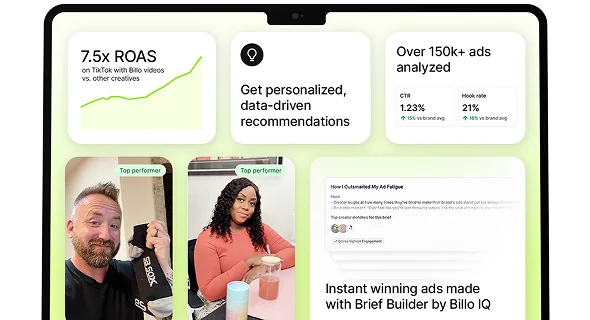
Fortunately, you don’t need to collect these metrics by hand (an impossible task). If you are using a platform like Billo, such information is provided for each creator automatically.
Otherwise, software tools can do it for you.
Decent tools include:
- Google Analytics for website analysis (and seeing where your customers come from)
- Google Forms (for creating forms you can use for surveys)
- Hootsuite for tracking the performance of brand ambassador content on social media
Continue learning:
- Learn the difference between brand ambassadors vs affiliate marketing
- Branded content examples for your business
- Brand videos
- Branded content for Instagram
Brands that use brand ambassadors
Numerous brands have successful ambassador programs in place you can emulate. For example, Microsoft’s Xbox built one of the best campaigns in history when it faced stiff competition from PlayStation and Nintendo in 2001. The company saw the future of gaming was online, so it encouraged fans to join its team and make experiences more fun for everyone by building a community.
Incredibly, that happened and now Xbox offers more support than any other console. Gamers participate in designing and creating new titles along with developers and engineers.
Conclusion
A well-structured ambassador program helps your brand earn trust, reach new audiences, and generate consistent content that drives real performance. When ambassadors feel supported and aligned with your mission, they become long-term partners who amplify your message and help you grow.
If you want a faster way to find aligned ambassadors and scale high-performing creator content, Billo gives you access to a vetted creator pool, clear workflows, and data-backed matching to help you get results without the usual guesswork.
Ready to build a program that works? Explore creators and start your next ambassador collaboration today.
How do I know if someone is a good fit to be a brand ambassador?
Look for people who already show genuine enthusiasm for your brand. High-fit ambassadors typically share your audience, communicate in a style that matches your tone, and have a proven track record of creating authentic, engaging content.
Should brand ambassadors be paid?
Compensation depends on your program and the ambassador’s influence level. Many micro-creators are open to product-based rewards or small commissions, while creators with larger audiences typically expect payment. Choose a structure that aligns with your goals and the value they bring.
How many ambassadors should my brand have?
Start small with a handful of highly aligned partners, then scale based on performance. It’s better to build strong relationships with a few reliable ambassadors than to manage a large group with inconsistent engagement.
Head of Content
After bouncing around tech start-ups and university literature programs, Joe has finally settled down as Billo’s Head of Content. Joe now spends his days writing ads about ads, teaching clients how to craft killer content, and combing through our web copy with a bold red Sharpie.

Authentic creator videos, powered by real performance data
22,000+ brands use Billo to turn UGC into high-ROAS video ads.
How to Find Micro Influencers for Your Brand’s...
Looking for micro influencers for your brand’s next campaign? You’re [...]...
Read full articleBeyond the Ad: Influencer Marketing Services for...
Sponsored posts alone won’t cut it in 2025. Global influencer-marketing [...]...
Read full articleTop 20 TikTok Influencers for 2025
Having rapidly evolved from a short-form video app predominantly used [...]...
Read full article



